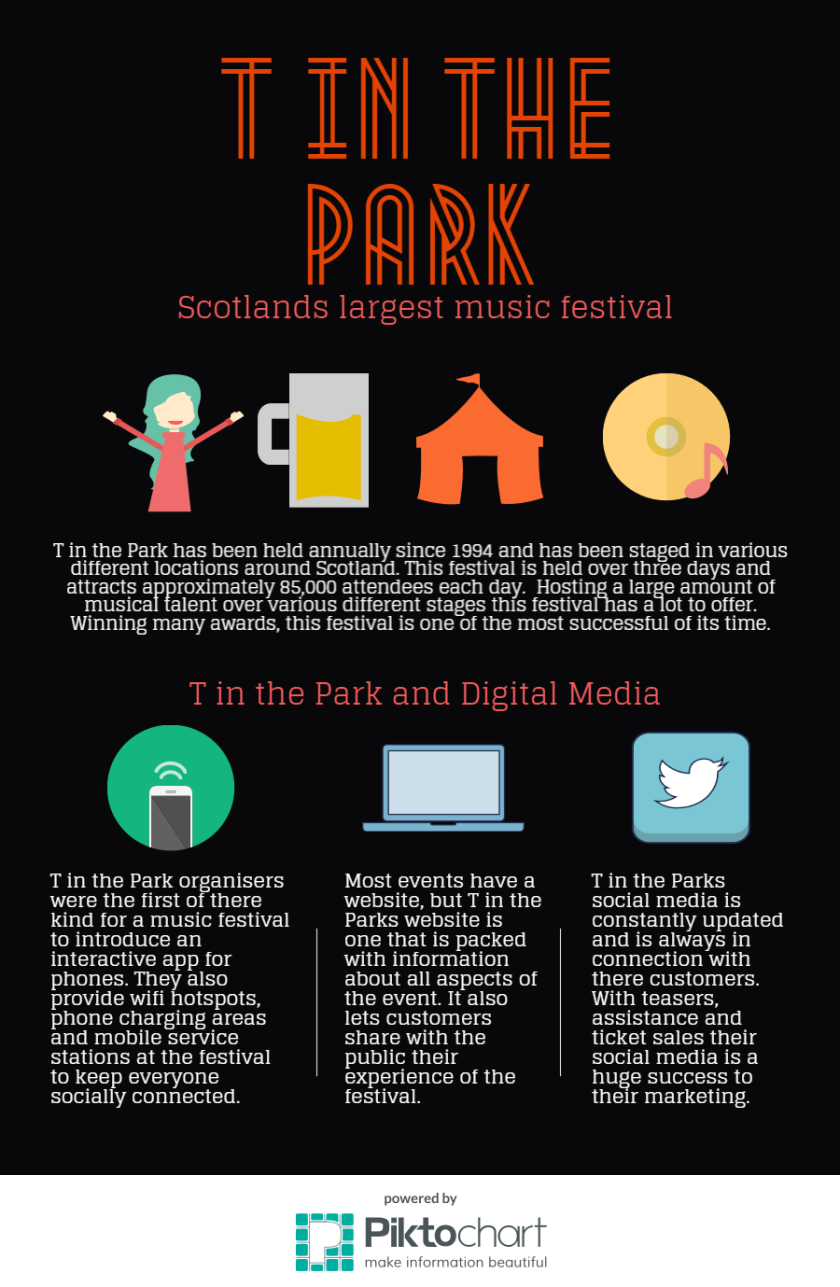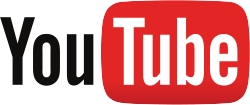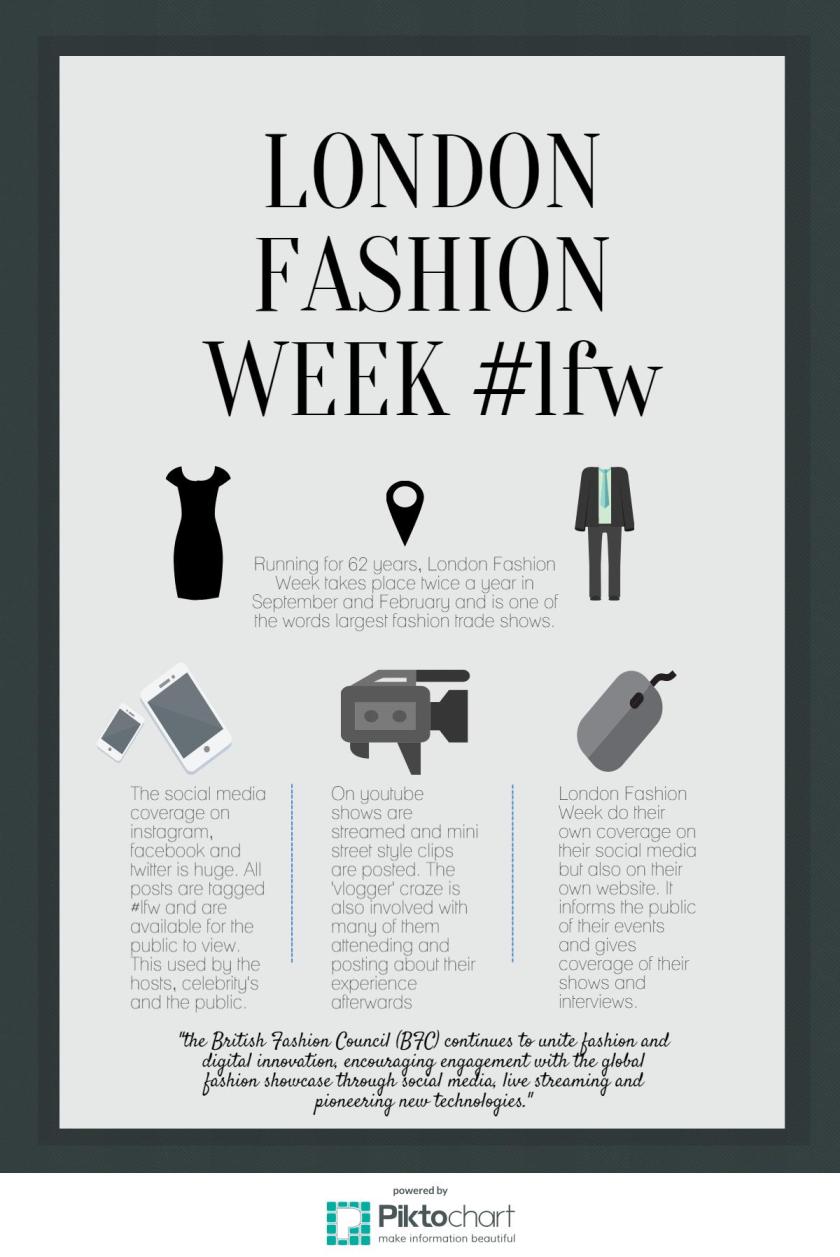Not all events are planned and not all are celebratory, some are in fact disastrous and heartbreaking, killing thousands, ruining lives. You are probably thinking, what on EARTH is she talking about?! Well, what I’m talking about is events that cannot be planned nor prevented. These being natural disasters, outbreaks of disease and crippling poverty which strike the world and create unkindly events in there own sense. Now, I’m not saying these events need to be marketed, no. I’m going to evaluate the power of digital media which gets the world, us, to donate, volunteer and make a difference to battle the effects of these awful disasters.
With all major disasters there is many large charities which are there to help the victims involved, as well as charities that are there for ongoing disasters, such as illnesses and poverty. But their funds and resources are limited and are always needing the public’s help to carry on there fantastic work.
Above are just some charities which work closely with digital media with their campaign work. These charitable actions are all targeting different ‘events’ you might say and in different ways.
Sudden Disasters
Sudden disasters are those of ones which happens usually due to no cause and large devastation occurs. For example, the Nepal Earthquake which has taken place the other day. For these disasters, charities have to make there efforts to reach the public immediately and forcefully. These disasters usually need a lot of aid and the only way to get it is through the public’s generosity. Targeting facebook, twitter and their own websites charities have got the correct way to garb the public’s eye. With smartphones being glued to our hands and the scratching need to check our social media every five minutes it would be hard to miss a such big news, and with the national news often promoting these charities on social media it is a genius way to gain the nations help.
With the charities doing as much as they can to generate their appeal it sometimes isn’t enough and when a disaster as large as the earthquake in Nepal, facebook took it into their own hands to raise awareness of the sheer amount of charitable funds that was needed. They added an option onto every users homepage to ask them to donate in this disaster, which gave them a quick, simple way to make a difference.
These steps done by the charities and social network sites to encourage aid from the public are all new methods used compared to the more traditional television adverts, posters and charity donation envelops through the post, but are ones which are probably most effective and appealing with our ‘social’ generation.
Charity’s mentioned:
Oxfam: http://www.oxfam.org.uk/
Save the Children: http://www.savethechildren.org.uk/
Water Aid: http://www.wateraid.org/uk
BBC Children in Need: https://www.bbcchildreninneed.co.uk/herohub
Red Nose Day: http://www.rednoseday.com/
Cancer Research UK: http://www.cancerresearchuk.org/










 Twitter
Twitter